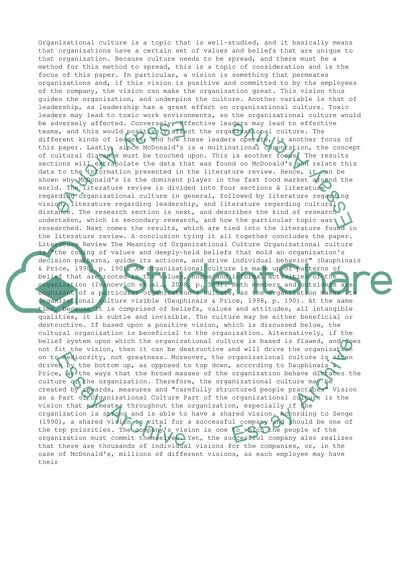Cite this document
(“Which aspects of McDonald's organisational culture are considered to Dissertation - 1”, n.d.)
Retrieved from https://studentshare.org/management/1425339-which-aspects-of-mcdonald-s-organisational-culture
Retrieved from https://studentshare.org/management/1425339-which-aspects-of-mcdonald-s-organisational-culture
(Which Aspects of McDonald'S Organisational Culture Are Considered to Dissertation - 1)
https://studentshare.org/management/1425339-which-aspects-of-mcdonald-s-organisational-culture.
https://studentshare.org/management/1425339-which-aspects-of-mcdonald-s-organisational-culture.
“Which Aspects of McDonald'S Organisational Culture Are Considered to Dissertation - 1”, n.d. https://studentshare.org/management/1425339-which-aspects-of-mcdonald-s-organisational-culture.


